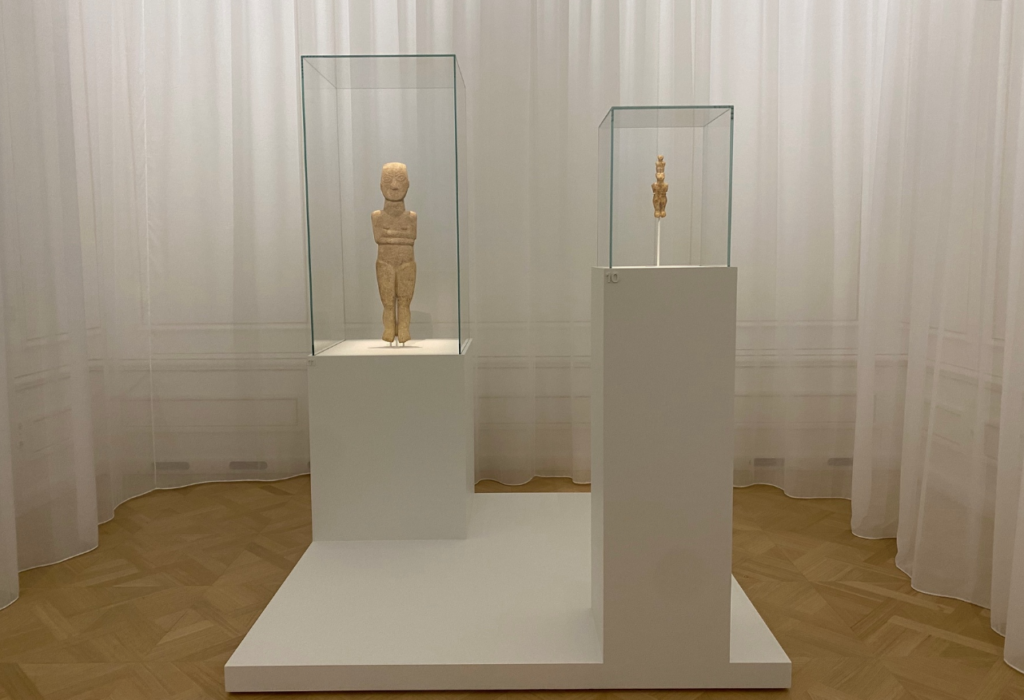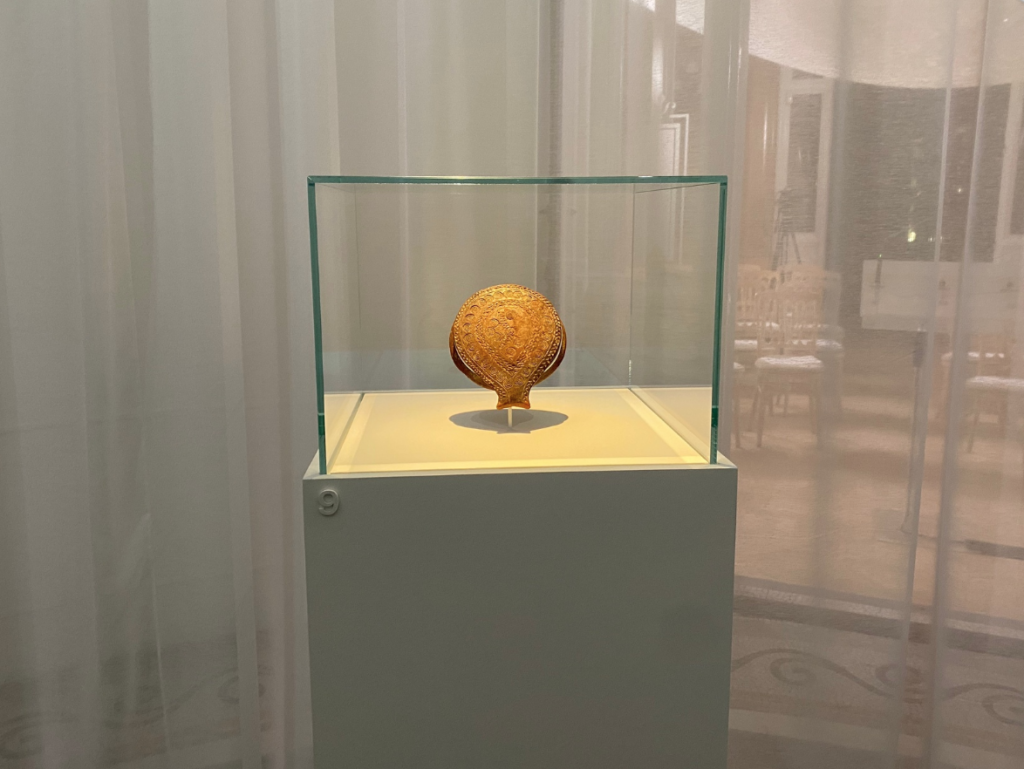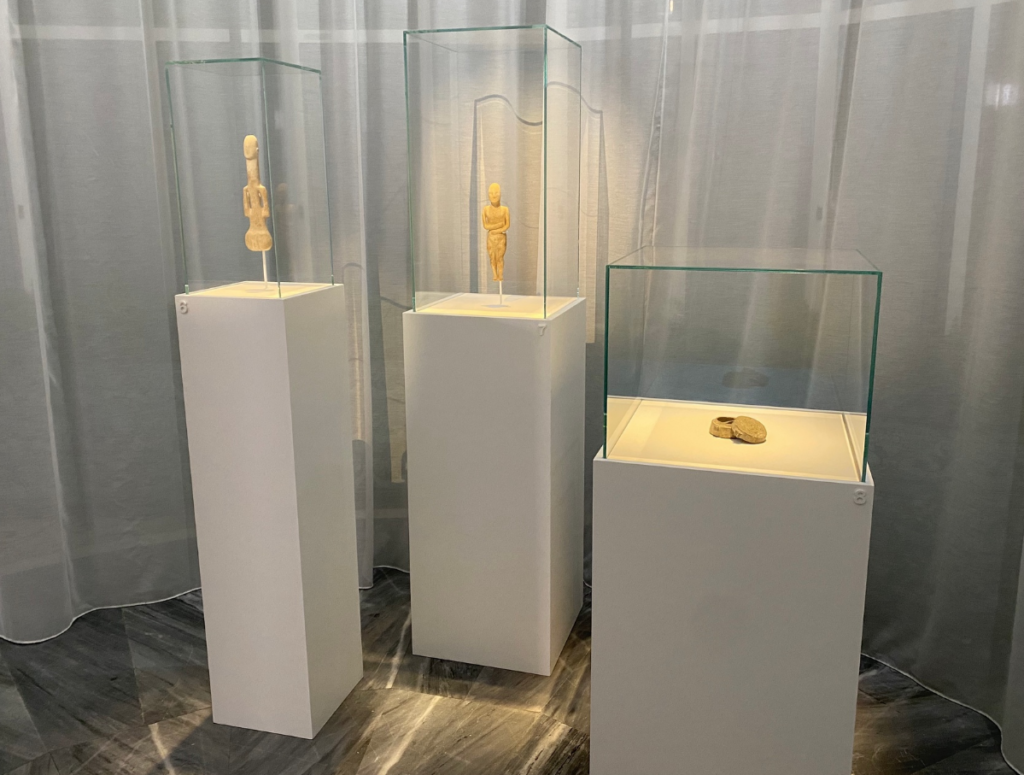
Fifteen ancient Greek artifacts from the Leonard Stern Collection were displayed for the first time in Athens at the Museum of Cycladic Art.
The Cycladic figurines returned to Athens following an agreement between Greece and the Metropolitan Museum of Art in New York. The deal was to repatriate 161 artifacts collected over the years by businessman and philanthropist Leonard Stern.
Prime Minister Kyriakos Mitsotakis, who attended the ceremony the eve of the exhibition’s opening to the public, said, “It is truly a special day for the cultural life of the country,” and described the artifacts as “priceless antiques of rare beauty which are returning to their home.”
The fifteen works will be displayed at the Cycladic Museum in Athens for a year while, in early 2024, they will make a comeback in New York for twenty-five years. Gradually, the artifacts will be returned to Greece for good.

Minister of culture statements regarding the ancient Cycladic artifacts
Minister of Culture and Sports, Lina Mendoni said, “The primary goal is for the historic artifacts which belong to us and are currently abroad to return to our homeland.”
“The 161 Cycladic antiquities will return to Greece, and all 161 will return,” she emphasized. “The collection has always been owned by the Greek state and will be returned in its entirety.”
Mendoni added, “The agreement establishes a process and a way that encourages other collectors of Greek antiquities to make similar moves, which will lead to repatriations of antiquities without the disadvantages of judicial involvement.”

Cycladic art and the abstract forms of its figurines
Marble carving is the most characteristic product of Cycladic culture, and the abstract forms of its figurines have influenced several twentieth and twenty-first century artists, such as Constantin Brancusi, Amedeo Modigliani, Alberto Giacometti, Barbara Hepworth, Henry Moore, and Ai Weiwei.
Although Cycladic marble figurines and vases appeal to the modern viewer for their almost translucent whiteness, their creators loved color and used it liberally on these objects for both practical and symbolic reasons.
Marble figurines are the most elegant creations of Cycladic art. They usually represent nude female figures with arms folded above the abdomen -probably implying a connection with maternity- slightly flexed knees, and a barely uplifted backward-slanting head.
This type has been dubbed “canonical” by specialist scholars because it accounts for the overwhelming majority of figurines sculpted in the Early Cycladic II period (2800-2300 BC), when Cycladic art was at its zenith. The “canonical” type subsumes several varieties, which have been named conventionally after the spot where they were first identified.
Some early figurines on which the above traits are not fully developed are designated as “pre-canonical” while a series of late figurines with degenerated characteristics are referred to as “post-canonical.”
See all the latest news from Greece and the world at Greekreporter.com. Contact our newsroom to report an update or send your story, photos and videos. Follow GR on Google News and subscribe here to our daily email!



